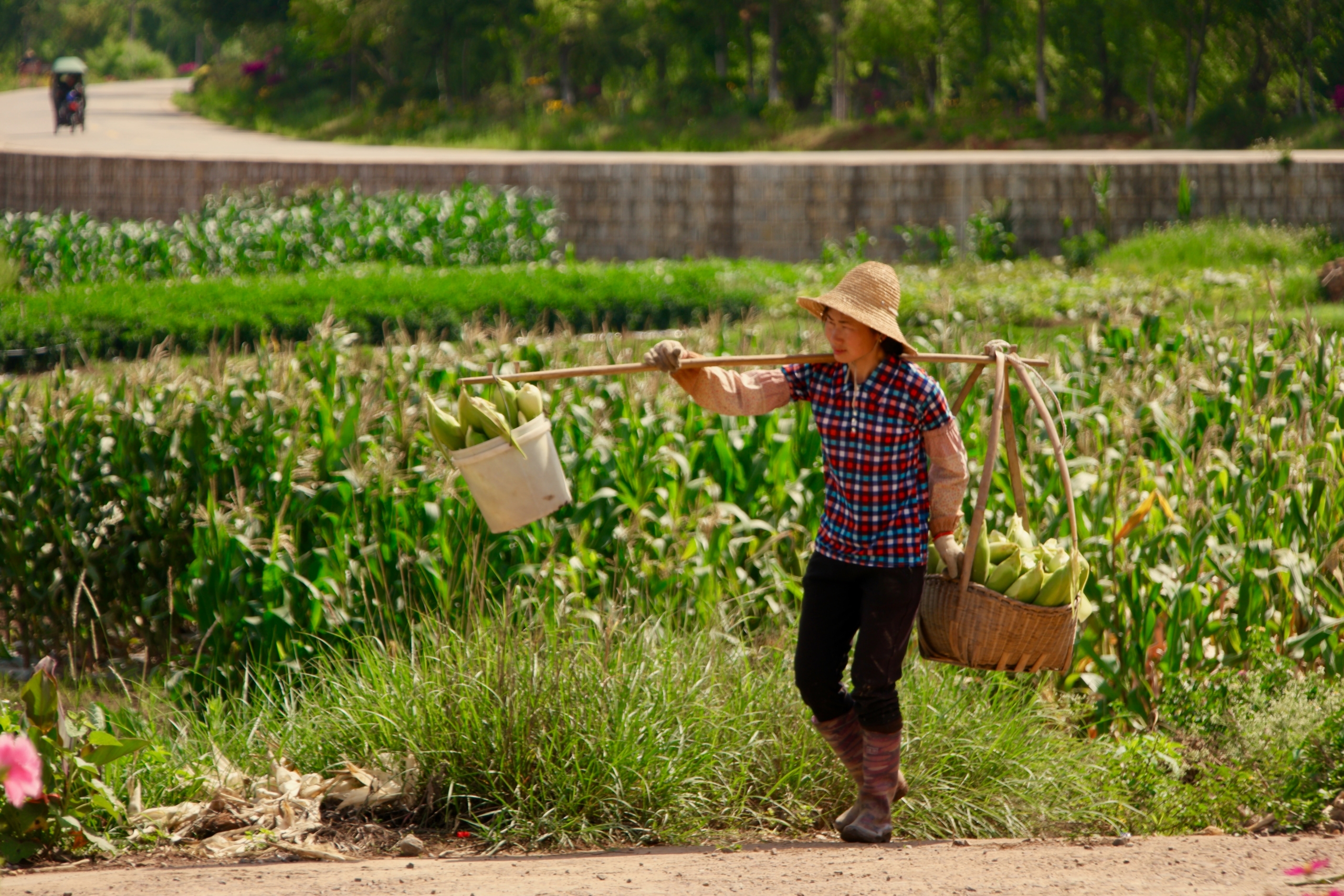How China Helped More Than 800 Million People Out of Poverty
 In 1978, Deng Xiaoping, the leader of the Chinese Communist Party, changed the course of millions of lives when he declared, “Poverty is not socialism; socialism means eliminating poverty.” Beginning China’s stride to eradicate poverty, Xiaoping focused on boosting China’s economy through agricultural and social reforms to improve living conditions. Here are three changes Deng Xiaoping implemented to tackle poverty in China.
In 1978, Deng Xiaoping, the leader of the Chinese Communist Party, changed the course of millions of lives when he declared, “Poverty is not socialism; socialism means eliminating poverty.” Beginning China’s stride to eradicate poverty, Xiaoping focused on boosting China’s economy through agricultural and social reforms to improve living conditions. Here are three changes Deng Xiaoping implemented to tackle poverty in China.
1. Open Door Policy
China was one of the poorest countries in the world in 1978, with a GDP of $156 and home to 40% of the world’s population living in extreme poverty. Compared to neighboring Asian economies, China appeared vulnerable as the communist regime had failed to generate economic growth. Recognizing the risk to the communist party if China could not raise its people out of poverty, Deng Xiapoing committed to improving the living standards of the Chinese people through economic growth.
The Open Door Policy actively introduced foreign capital and technology to China as foreign investments were made into multiple zones such as the special economic zones, peninsula open zones, open border cities, high-tech industry development zones, etc. These zones sparked substantial foreign investment while China continued to promote its socialist market economy concept, whereby state-owned businesses and privately-owned businesses could co-exist.
Implementing The Open Door policy allowed China to use its huge labor resources and land to move away from the damage of the Cultural Revolution and towards rapid economic growth. Within 10 years, China’s GDP per capita had grown to $284, and within 20, it reached $829. The progressive industrialization of China created more and better jobs, as the laborers who were no longer needed in agriculture moved to the consumer goods and services sectors, initiating global investments while providing further job opportunities.
2. Agricultural Reform
During Mao’s time in power, collective farming had been enforced on the rural population. This enforcement meant pooling farms from hundreds of families together to create one large farm. The upper and middle-class farmers had to give up possession of their land to the state, decreasing their morale. In contrast, the lower-class farmers lost motivation to work in the large, impersonal collectives where it was practically impossible to monitor the work individuals completed.
Although some farmers favored collective farming, by 1979, Xiaoping’s de-collectivization effort to incentivize more production and increase economic prosperity for rural workers began spreading across China. Farmers had their land restored to them or were assigned contracts to work on certain areas of land, needing to produce a specified grain quota for the state at a low fixed price of rent. After delivering this grain, farmers were free to consume, trade or sell on the open market and grow whatever they wanted. To further encourage production in rural China, the purchase price for compulsory grain deliveries to the state increased by 20% while the price for excess grain increased by 50%. Overall, increased state prices and the opening of free markets resulted in a substantial rise in food production and average rural family incomes.
3. Targeted Poverty Reduction
As part of the anti-poverty campaign established at the end of 2012 and headed by President Xi Jinping, China made Targeted Poverty Reduction efforts. Jinping believed, “The CPC cadres should pay inspection tours to identify the truly poor. Poverty reduction must reach intended hands or those who truly need it, and poverty must be eradicated completely.”
In January 2014, the guideline on Promoting Poverty Reduction in Rural Areas with Innovative Policies was released, detailing targeted poverty relief across China. The CPC collected and used data to identify the most poverty-stricken areas and their requirements. Hard infrastructure, such as electricity access, water supply, roads and railways, were upgraded, boosting agricultural productivity, raising people’s standards of living and connecting villages to cities.
The effective irrigated area now covers more than 5.35 million hectares, water supply capacity increased by 18.1 billion cubic meters, and more than 98% of poor villages gained access to 4G and optical fiber technology. Soft infrastructure such as health care, education and social security also improved. For example, 108,000 rural schools were renovated to support compulsory education. At the same time, 98% of hospitals in poor countries have a minimum of one competent hospital that can treat 90% of diseases treated at similar hospitals.
China’s dedication to eradicating extreme poverty through government reforms is a remarkable feat that has provided a blueprint for tackling poverty globally. Through economic growth, agricultural prosperity and targeted efforts such as improved infrastructure in the poorest areas, China has demonstrated it is possible to lift millions of people, 40% of the world’s extreme poor, out of poverty in only four decades.
– Alice Isola
Photo: Unsplash
